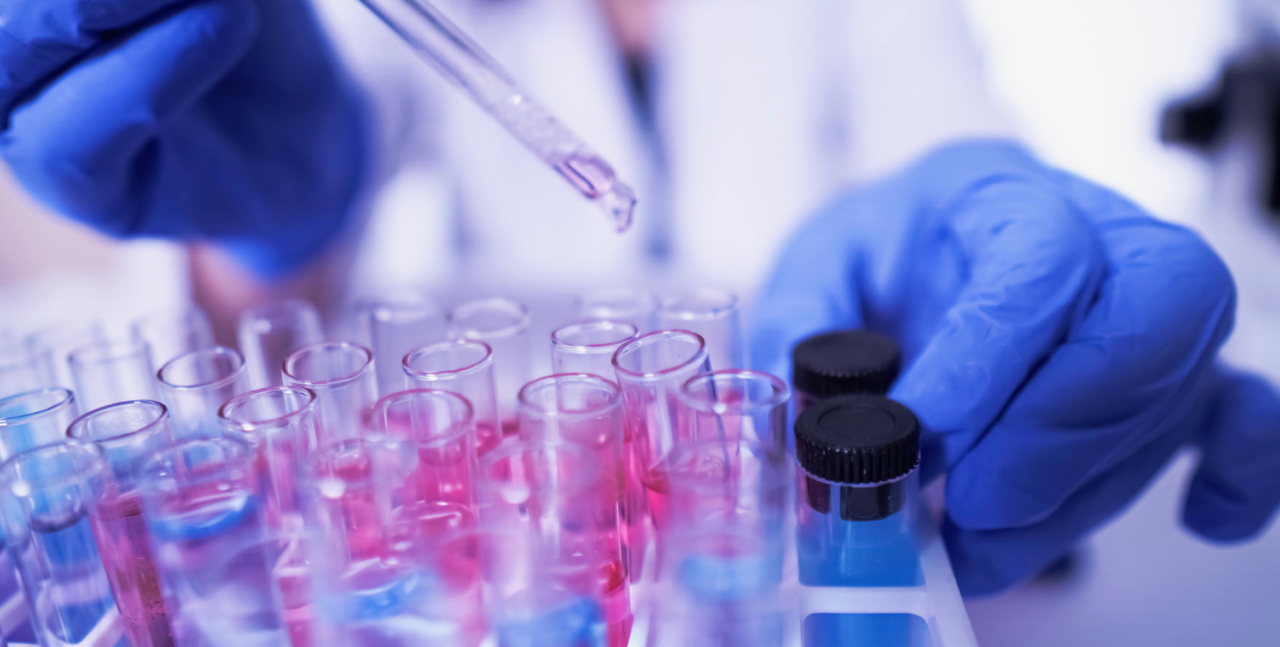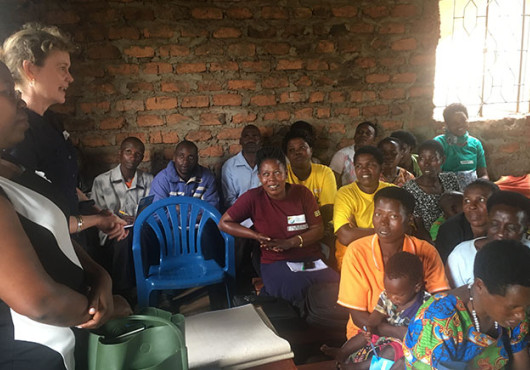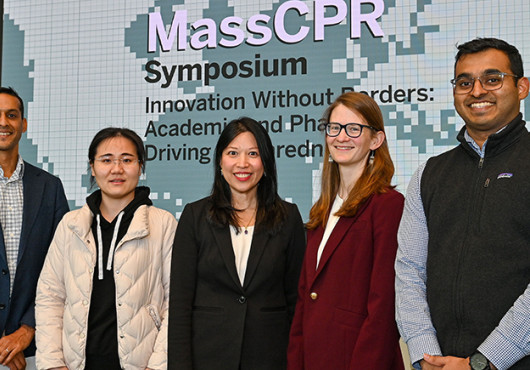
This article is part of Harvard Medical School’s continuing coverage of medicine, biomedical research, medical education and policy related to the SARS-CoV-2 pandemic and the disease COVID-19.
Since he was a student at Harvard Medical School three decades ago, Paul Farmer, the Kolokotrones University Professor and head of the Department of Global Health and Social Medicine in the Blavatnik Institute at HMS, has worked with his colleagues to confront epidemics, including AIDS, Ebola, cholera and drug-resistant tuberculosis.
“The world must wake up to the threat the coronavirus poses, and the possibilities for effective and humane action this pandemic presents,” wrote Farmer in a March 19 Boston Globe opinion piece.
“In order most effectively to address the threat, we need to trace and to treat, and to do that we need to test,” wrote Farmer, co-founder and chief strategist of Partners In Health (PIH), an organization dedicated to bringing quality health care to the most vulnerable around the world.
Unfortunately, the standard PCR test in widest use in the U.S. relies on sophisticated laboratory techniques to identify the presence of the virus’s unique chemical signature, making it difficult to use in places where there is limited or nonexistent laboratory capacity.
K.J. Seung, HMS assistant professor of medicine at Brigham and Women’s Hospital, has been fighting epidemics with Partners In Health since 2001. He is also a co-leader of the expand new drugs for TB partnership, or endTB, which spans 17 countries.






